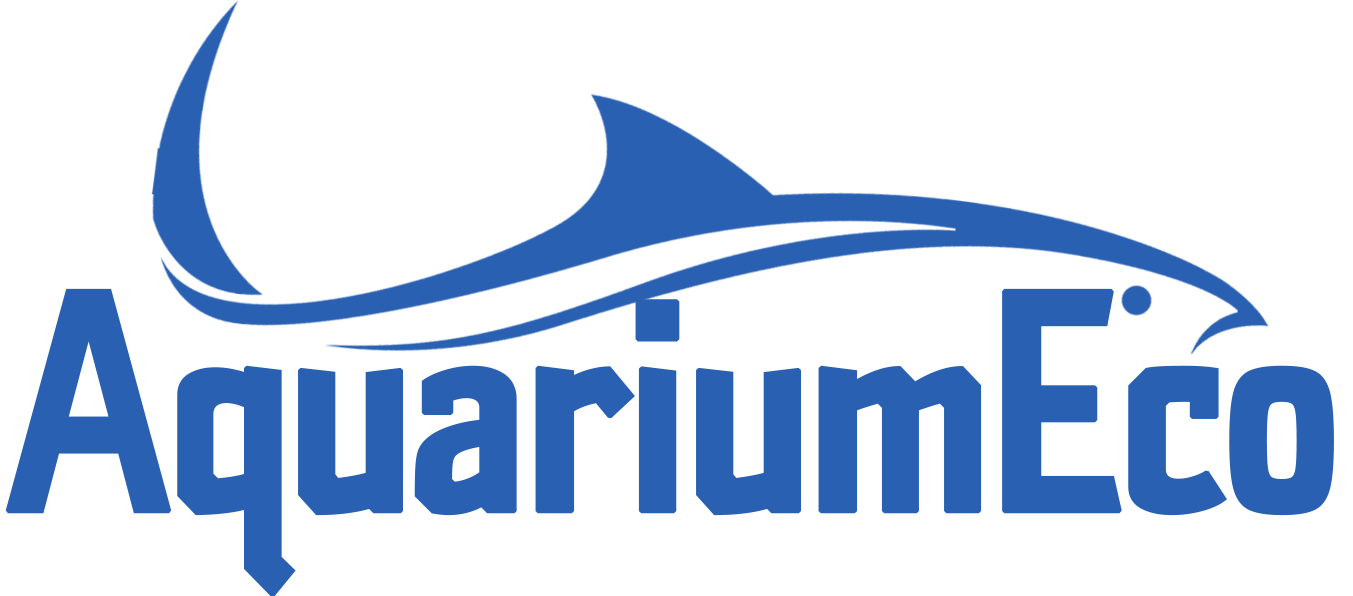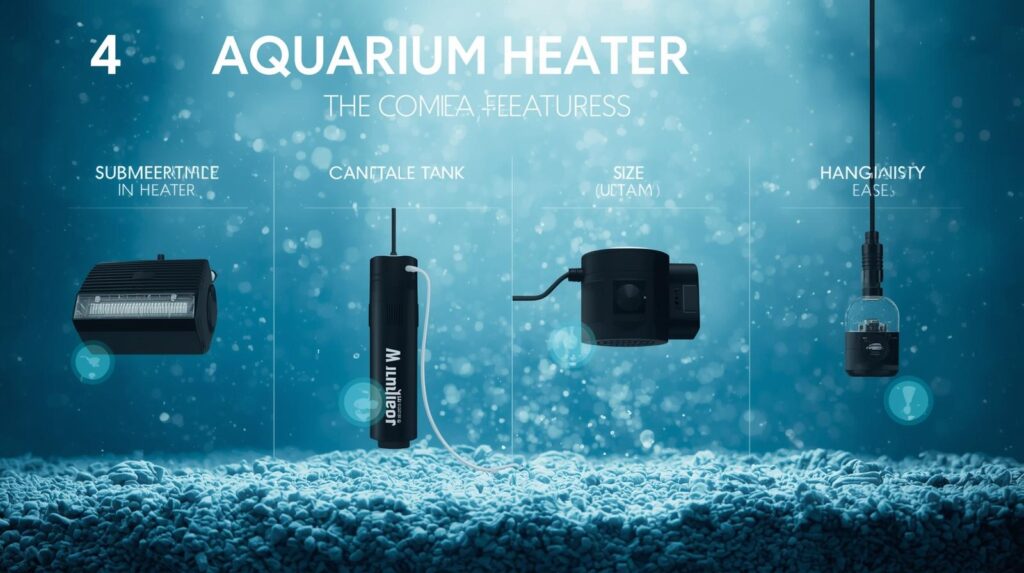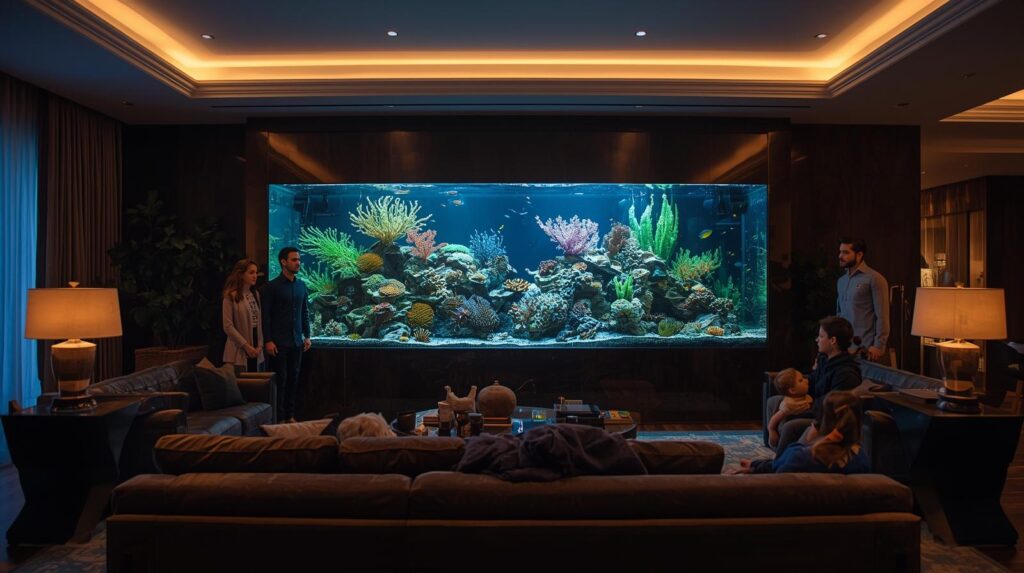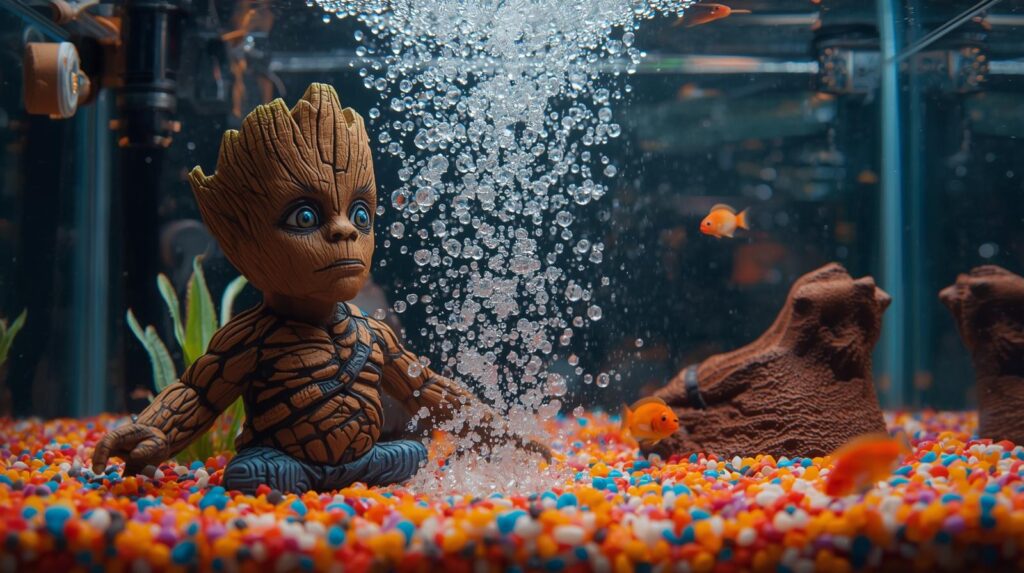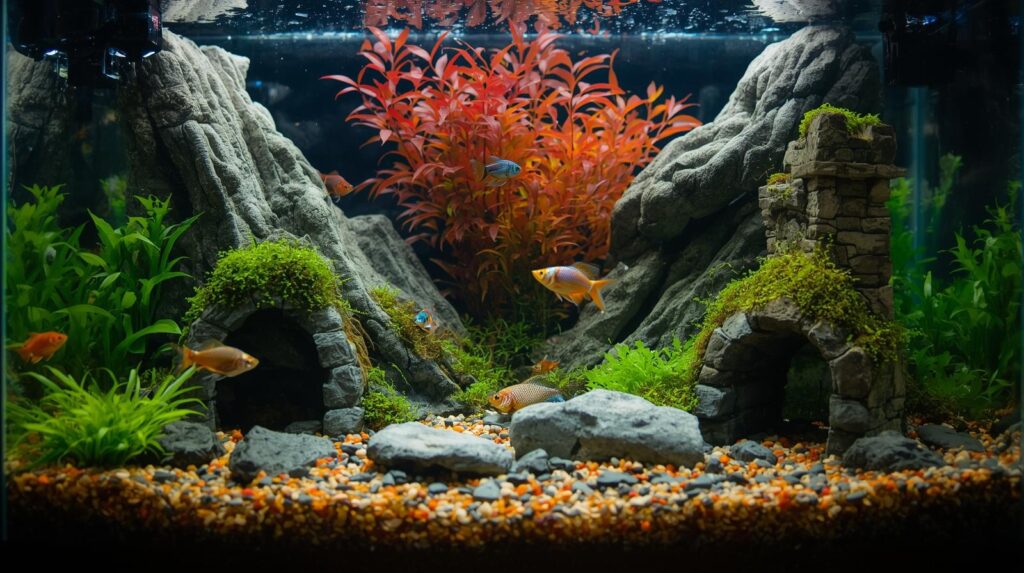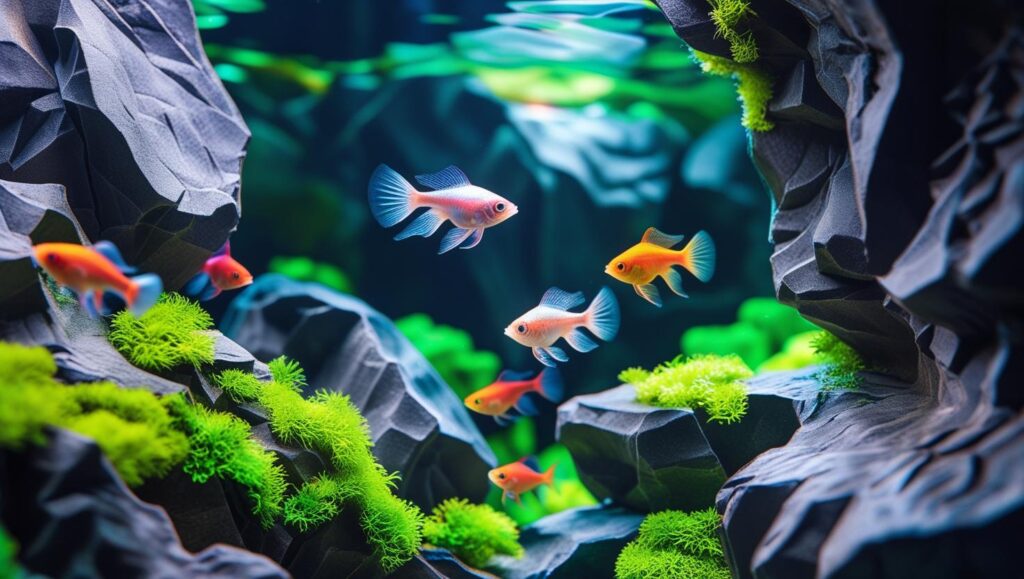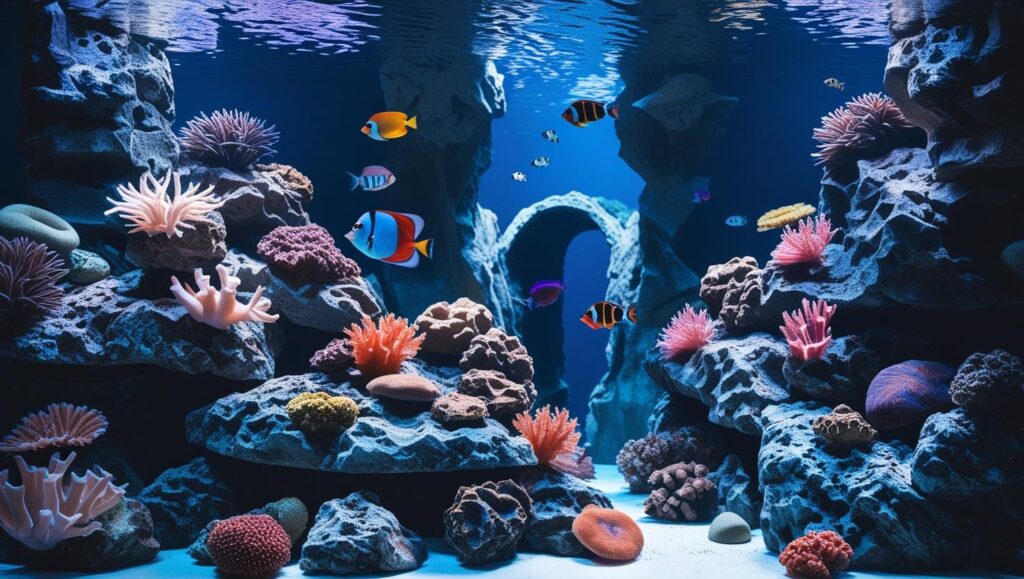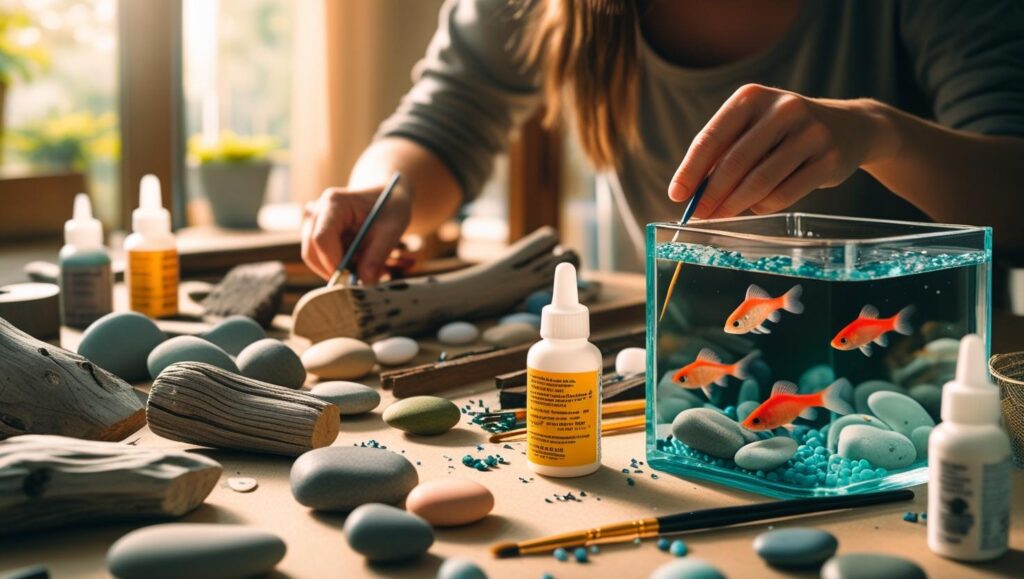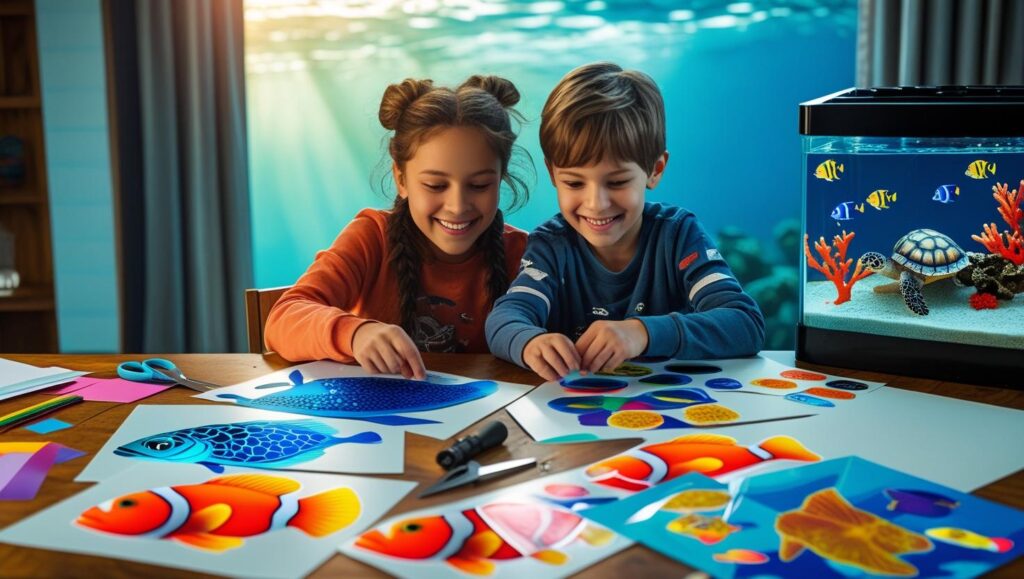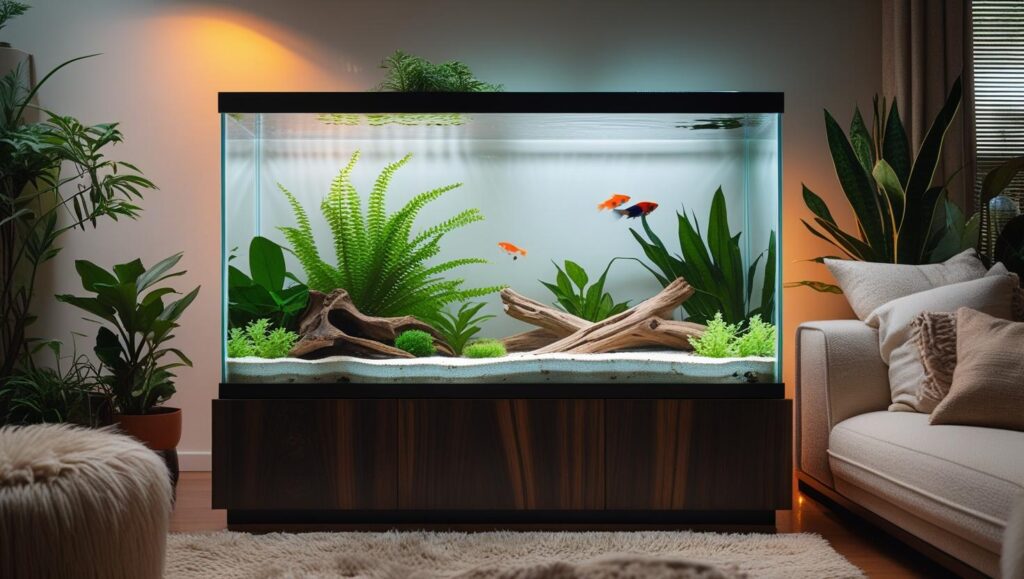3D Aquarium Backgrounds DIY: Transform Your Tank with a Custom Touch

Creating a 3D aquarium backgrounds DIY is one of the most rewarding projects you can undertake as an aquarist. Not only does it allow for complete creative control, but it also transforms your aquarium into a stunning, natural-looking habitat. Whether you’re aiming for a lush jungle, a rocky cliffside, or a mysterious underwater cave, a homemade 3D aquarium background will elevate your tank’s aesthetics while hiding unsightly cords and equipment. The best part? You don’t need to break the bank to do it.
What Is a 3D Aquarium Background?

A 3D aquarium background is a custom, textured backdrop that adds depth and realism to your tank. These backgrounds can range from natural rock formations to themed designs like sunken ships or jungle vines. Unlike flat printed backgrounds, 3D backgrounds use foam, cement, resin, and other materials to create a multi-dimensional landscape inside your aquarium. The result is not only visually stunning but also functional, as it can conceal heaters, filters, and wires, while providing additional surface area for beneficial bacteria.
You’ll often find terms like aquarium 3d background DIY or diy 3d aquarium background used to describe similar custom projects, and they all revolve around the same core idea: adding visual and functional depth to your fish tank with a handcrafted background.
Why Make a DIY 3D Aquarium Background?
There are several compelling reasons to take on a 3d aquarium backgrounds DIY project. First, you can create a custom look tailored exactly to your vision. You’re not limited to what’s available in stores. Whether you want a rocky cave system for your cichlids or a soft moss-covered wall for your shrimp, it’s all possible.
Second, it’s budget-friendly. Store-bought 3D backgrounds can be expensive and still might not fit your specific tank dimensions. Creating a budget 3d aquarium background at home allows you to repurpose inexpensive materials like foam and non-toxic cement, saving a lot of money.
Third, the creative freedom is unmatched. From building realistic landscapes to themed fantasy designs, a DIY project lets your imagination run wild. A homemade 3d aquarium background becomes a true expression of your style.
And finally, it fits your tank perfectly. Custom backgrounds are shaped to the dimensions of your aquarium, eliminating awkward gaps or forced fittings.
Materials Needed for a DIY Aquarium Background
To build your own diy aquarium background 3d style, you’ll need several basic materials. Foam boards, especially polystyrene or styrofoam, form the base structure. These are easy to cut and shape. Non-toxic cement or epoxy is used to coat and seal the foam, giving it a stone-like texture and durability.
Silicone adhesive, preferably aquarium-safe, is essential for bonding the background to the tank and holding structural components together. An aquarium-safe sealer ensures no harmful substances leach into the water.
Optional materials include non-toxic paints to add color and depth, as well as texture tools like brushes, scrapers, or even kitchen utensils to add realism to your rock and wood patterns. Foam 3d aquarium background diy techniques often rely on layering and carving to mimic natural elements.
Step-by-Step Guide: How to Make a DIY 3D Aquarium Background

Begin with a clear design plan. Sketch out your vision, whether it’s a mountain range, cliffside, or cavern. Once you have a concept, cut your foam into the shapes and layers that will form your landscape.
Next, glue the foam pieces together using aquarium-safe silicone. Stack and carve as needed to build caves, ledges, or tunnels. This stage is all about sculpting your environment.
Once your structure is built, apply a thin layer of non-toxic cement or epoxy. This gives it texture and durability. You can shape the surface further as it dries by adding grooves, cracks, or contours. If you’re painting your background, make sure to use only fish-safe paints and let everything cure completely.
After the structure is dry, apply a few coats of aquarium-safe sealer. This is a critical step to ensure the materials don’t leach anything harmful into the tank. Let the background cure for at least a week, ideally two.
Once fully cured, attach the background inside your tank using silicone. Be sure it fits snugly and won’t shift with water movement. Install slowly, and allow 24-48 hours for everything to set before adding water or livestock.
Is DIY 3D Aquarium Background Safe for Fish?
Safety is a top concern with any aquarium modification. The good news is, if done correctly, a 3D aquarium backgrounds DIY project can be entirely safe for fish and other aquatic life.
Use only non-toxic, aquarium-safe materials. Regular hardware store foam and cement often contain additives or chemicals that can harm fish. Always verify labels and look for materials explicitly labeled as safe for aquarium use.
Curing is essential. Both cement and sealants need time to set and off-gas. Skipping this step can result in a toxic environment. Rinse your finished background thoroughly after sealing and let it cure in a well-ventilated area.
Ventilation and water flow are also important. Avoid sealing off large portions of your tank that might block filtration or restrict circulation. Fish like to explore, so your diy aquarium rock background should provide both structure and open water areas.
Creative Ideas for Custom Backgrounds
When it comes to design, the sky is the limit. For a natural look, consider a rocky cliff with small ledges and caves. These are ideal for fish that like to hide or breed. Add vertical grooves or plant pockets to anchor live or artificial plants.
A jungle theme with root-like patterns and embedded driftwood gives a lush, organic feel. You can even simulate moss or algae using textured paint. If you’re adventurous, try a fantasy design—perhaps a sunken castle or treasure cave.
Reptile tank 3d background diy approaches often overlap with aquarium styles, so browsing reptile enclosure forums or inspiration sites can spark great ideas for your fish tank 3d background diy project.
Common Mistakes to Avoid
Even the best-planned DIY projects can go wrong. One major mistake is skipping the sealing step. Without a proper sealant, your background can deteriorate and contaminate your water.
Using unsafe materials is another pitfall. Never assume that paint or glue is safe—double-check for aquarium certification.
Improper sizing can also create issues. If your background is too tight, it might crack the glass. If it’s too loose, fish may get trapped behind it. Always account for the tank’s inner dimensions.
Lastly, rushing the curing process can be disastrous. Cement and silicone must fully cure before contact with water. Patience is key for both safety and longevity.
FAQs About DIY 3D Aquarium Backgrounds
Can I use spray foam for a DIY background? Yes, but only certain types. Look for expanding foam that is labeled safe for pond or aquarium use. Always seal it properly to prevent degradation.
How long should I let it cure before adding to the tank? A minimum of 7 days is recommended, though 10-14 days is safer depending on the materials used. Always do a water test for pH and contaminants before adding fish.
Do I need to seal cement backgrounds? Absolutely. Cement is porous and can leach lime, which raises pH. A few coats of an aquarium-safe sealant will protect both your fish and your hard work.
How do I clean a 3D background? Gently scrub with a soft brush during regular tank maintenance. Avoid harsh chemicals. If algae buildup is a concern, consider adding algae-eating fish or snails.
Will fish interact with or hide in it? Yes, and that’s part of the benefit. Many species enjoy darting through caves or resting on ledges. Just be sure your design doesn’t include sharp edges or tight spaces where fish can get stuck.
Final Thoughts: Should You Try a DIY Aquarium Background?
Building your own 3D aquarium background is an incredibly fulfilling project that combines art, craftsmanship, and aqua scaping. Whether you’re new to fishkeeping or a seasoned aquarist, taking on a 3d aquarium backgrounds DIY project can deepen your appreciation for your tank and the creatures in it.
Not only do you get a beautiful, customized setup, but you also ensure every inch is safe, functional, and tailored to your aquatic environment. With the right materials, proper curing, and a little creativity, your DIY background can rival the best store-bought models at a fraction of the cost.
So roll up your sleeves, sketch your dream layout, and dive into the world of custom aquarium design. Your fish will thank you, and your tank will never look the same again.
